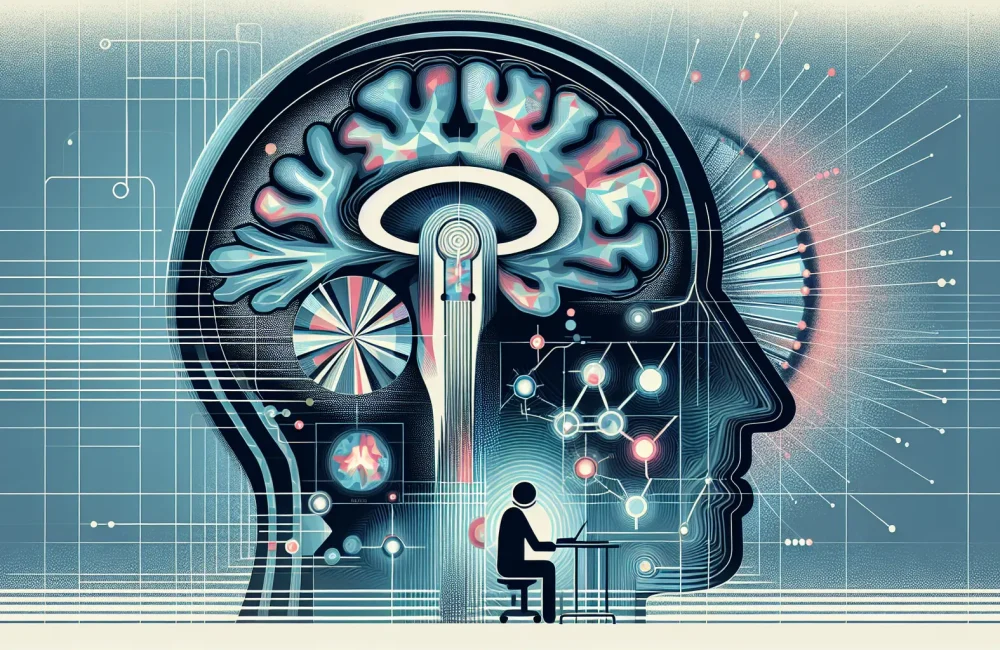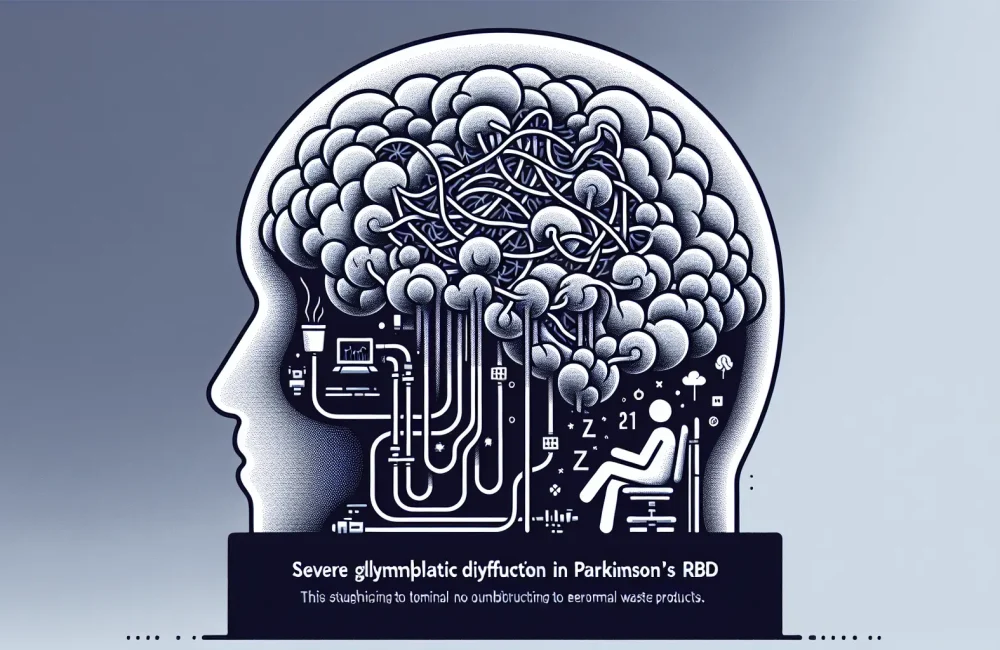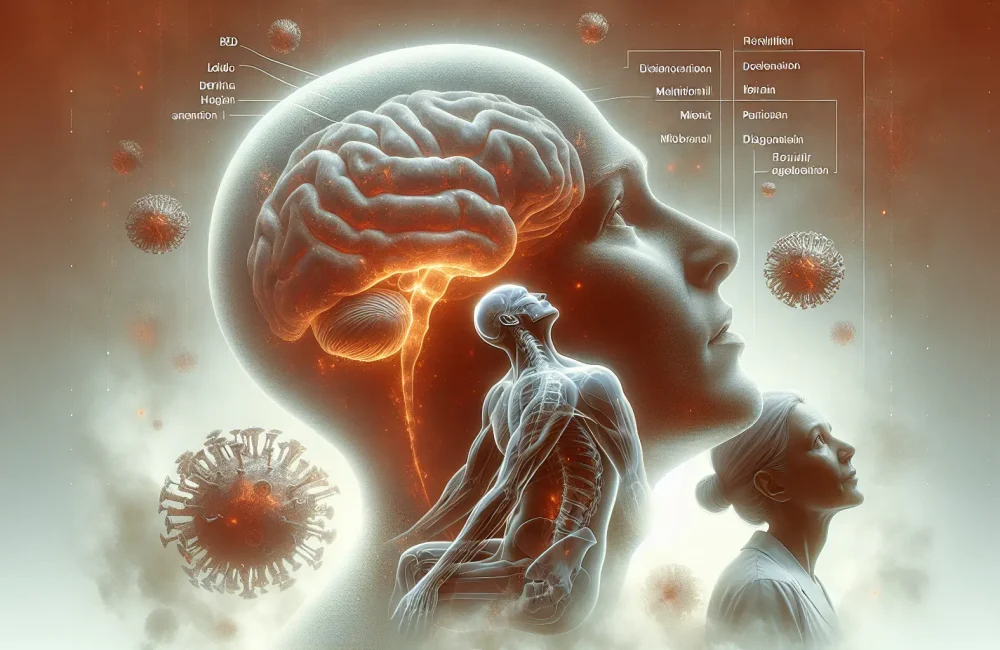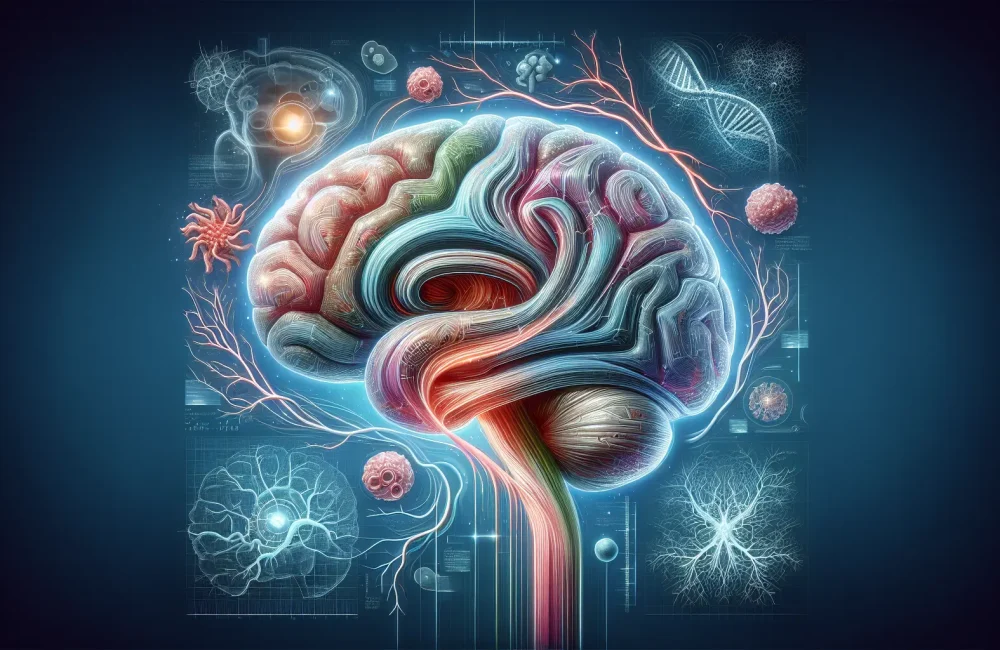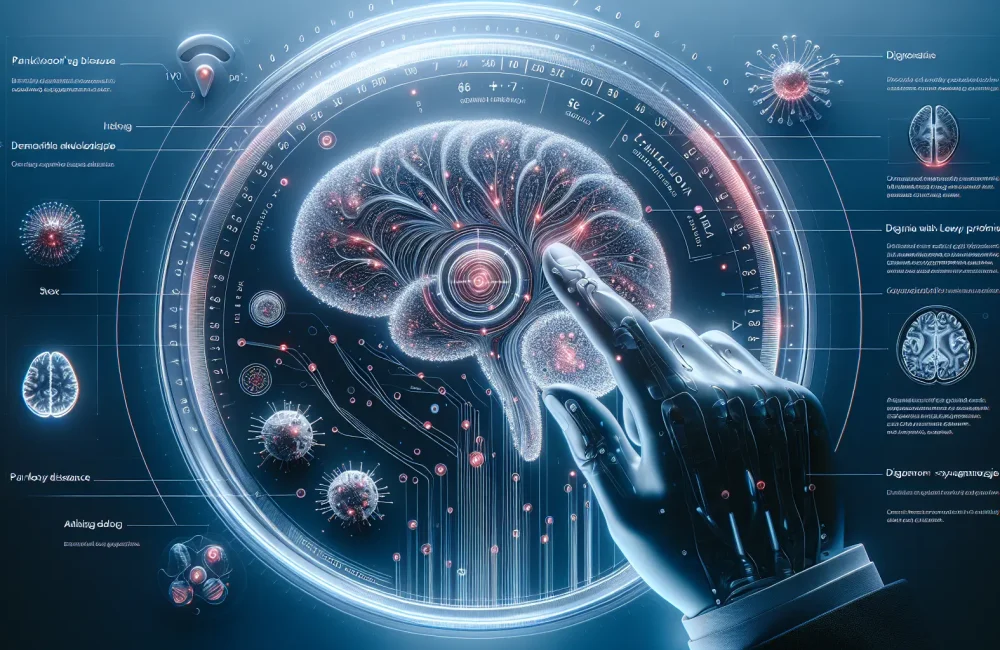By CAFMI AI From npj Parkinson’s Disease (Open Access)
Basal Forebrain Subregions and Their Impact on Sleep in PD
Parkinson’s disease (PD) is predominantly recognized for its motor symptoms, but non-motor features such as sleep disturbances and cognitive decline significantly impair patient quality of life. The basal forebrain (BF), a critical brain region involved in cortical activation and wakefulness regulation, has emerged as a central player in these non-motor symptoms. This study focuses on how specific subregions of the BF are differentially involved in sleep architecture disruptions observed in PD, with an emphasis on the medial septum/diagonal band (MS/DB) and the nucleus basalis of Meynert (NBM).
Using advanced in vivo imaging techniques and comprehensive clinical assessments, researchers assessed the integrity of BF subregions in PD patients. Sleep was rigorously evaluated through polysomnography, an objective measure that captures both rapid eye movement (REM) and non-REM sleep patterns. The findings reveal that degeneration or atrophy in the MS/DB correlates strongly with disturbed REM sleep characteristics. Since REM sleep is essential for cognitive functions such as memory consolidation and emotional regulation, impairments linked to the MS/DB may underlie some of the daytime cognitive challenges reported by PD patients. This connection underscores a subregion-specific role of the BF in maintaining sleep quality, with direct implications for clinical approaches targeting sleep architecture disturbances in PD.
Cognitive Decline and Basal Forebrain Degeneration in Parkinson’s
Beyond sleep, cognitive dysfunction is a major non-motor challenge in PD. The BF’s nucleus basalis of Meynert (NBM) is extensively connected to the cerebral cortex through cholinergic projections, known to be crucial for higher cognitive functions including memory, attention, and executive processing. This study found that degeneration in the NBM is strongly associated with impairments in memory and executive functions in PD patients, which are hallmark features of cognitive decline in this disease.
Clinically, these findings are highly relevant for neurologists and primary care providers who manage PD patients, as they highlight the importance of assessing specific cognitive domains in relation to BF subregion integrity. The persistence of these relationships even after controlling for confounding factors such as disease duration and medication effects strengthens the case for BF-targeted therapies. Interventions aiming to preserve NBM function may theoretically slow cognitive deterioration or improve cognitive performance, suggesting a potential avenue for future disease-modifying strategies in PD care. Monitoring BF degeneration could also serve as a biomarker for cognitive prognosis in clinical settings.
Clinical Implications and Future Directions in Managing PD
This study’s insights into the subregion-specific associations within the basal forebrain expand the understanding of PD’s non-motor symptom profile and present new opportunities for clinical management. Recognizing that the MS/DB predominantly influences REM sleep integrity and attention, while the NBM is more involved in memory and executive function, suggests tailored approaches in treatment could yield better symptom control. For example, sleep-targeted therapies might focus on improving REM sleep consolidation through pharmacological or behavioral interventions that indirectly support MS/DB function.
Similarly, cognitive interventions might benefit from strategies that enhance cholinergic signaling or protect NBM neurons. Clinicians should be aware of the potential progressive degeneration in these BF subregions as part of routine follow-up and include cognitive and sleep assessments to adjust care plans accordingly. Future research should prioritize longitudinal studies to map the progression of BF degeneration and explore therapeutic modulation of BF circuitry, which holds promise for alleviating both sleep and cognitive impairments. By integrating these findings into primary care workflows, healthcare providers can better address the complex symptomatology of PD, improving patient outcomes and quality of life.
Read The Original Publication Here

